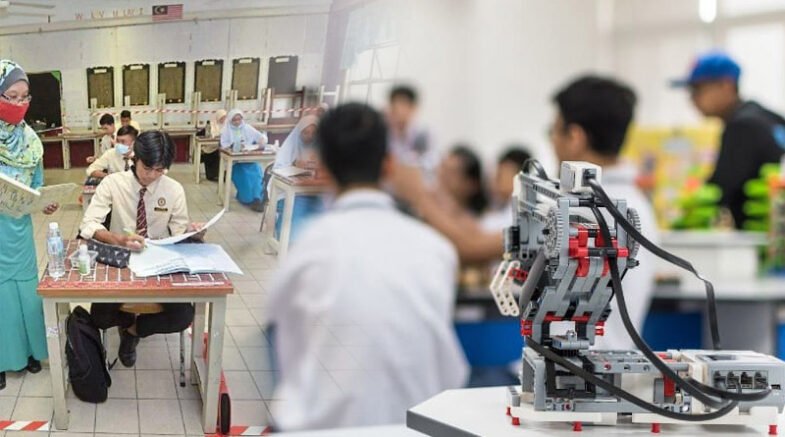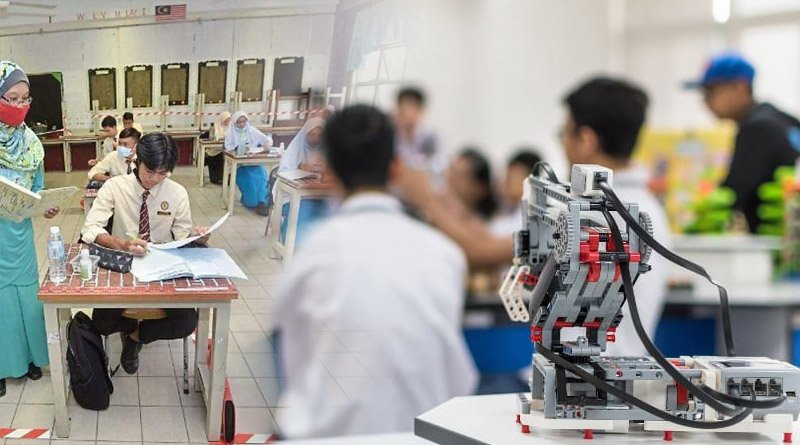Workshops are introducing 3D printing, robotics, and drone technology to youth in rural area of Malaysia to close the achievement gap and introduce them to STEM careers.

A million people participated in tech-related competitions in Malaysia last year as part of the Techlympics 2022. Workshops are introducing 3D printing, robotics, and drone technology to youth in rural area of Malaysia to close the achievement gap and introduce them to STEM careers.
According to Science, Technology, and Innovation Minister Chang Lih Kang, whose ministry runs events like the Techlympics, MakersLabs, and National Science Week as part of the country’s drive to become a high-tech nation by 2030, “We hope with this kind of set-up, we can help to create innovation among Malaysians.”
Malaysia stated in 2021 that it intended to increase the percentage of STEM students to as much as 60% in order to meet the demand for science, engineering, and technology professional careers in the future. The proportion of students studying STEM fields was 47.18% in 2020.
More engineers are also needed in Malaysia. According to the Board of Engineers Malaysia, there were approximately 187,900 registered engineers at the end of 2022. The ratio of engineers to people in the nation is now 170 to 1.
According to Mr. Chang, a graduate of the Universiti Putra Malaysia’s civil engineering programme, this ratio is lower than that of developed nations like Germany and France, where it is one to 100.
He continued, admitting there are several significant obstacles, “Malaysia needs to double its current number of engineers to fulfil its 2030 ambitions.” For instance, he told The Straits Times that salaries in Malaysia are low when compared to those in other nations.
On the Malaysian Pay Gap Instagram account, where users anonymously share their incomes, a 25-year-old electrical engineer with one year of experience wrote that she was making RM3,000 (S$905) per month before moving to Singapore, where she now makes $4,300. On the website, there are other stories like this one.
The JobStreet employment website reports that the typical monthly pay for engineering positions in Malaysia ranges from RM3,200 to RM4,200, while the equivalent figure in Singapore is $4,000.
Mr. Chang stated that the government is working to entice high-quality investment in the stem industries in order to boost salaries, create jobs, and create a cycle whereby the increased demand for stem talent can spur students’ interest in those fields.
In order to increase the number of jobs available and the demand for highly skilled workers, we must draw in more capital- and technology-intensive industries.
To develop a unified system of stem education, Mr. Chang claimed that the Ministries of Education and Science, Technology, and Innovation must work together. We need to start over in order to solve this issue, he declared. Graduates who don’t fit the demands of the industry are among the complaints from the business community. “There is a need to create a strong stem ecosystem that includes business, education, research, and government.
According to Mr. Chang, who anticipates the process to take at least five to ten years, a strong ecosystem can give students access to mentors, tech companies, and internships as well as help them transition smoothly into the workforce.
“It’s not going to be straightaway from zero to 100.” “What is important is the direction, to be on the right track.”
